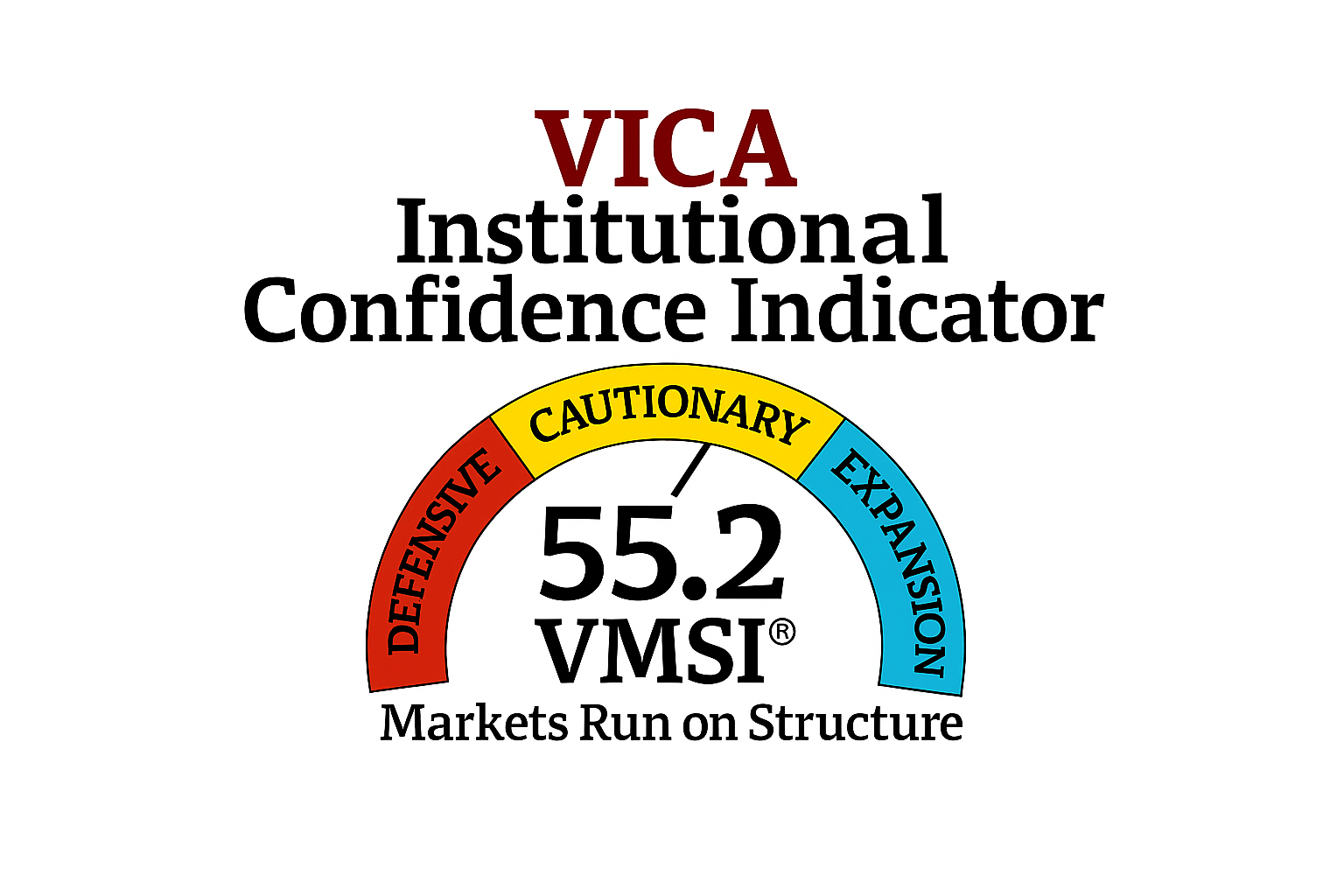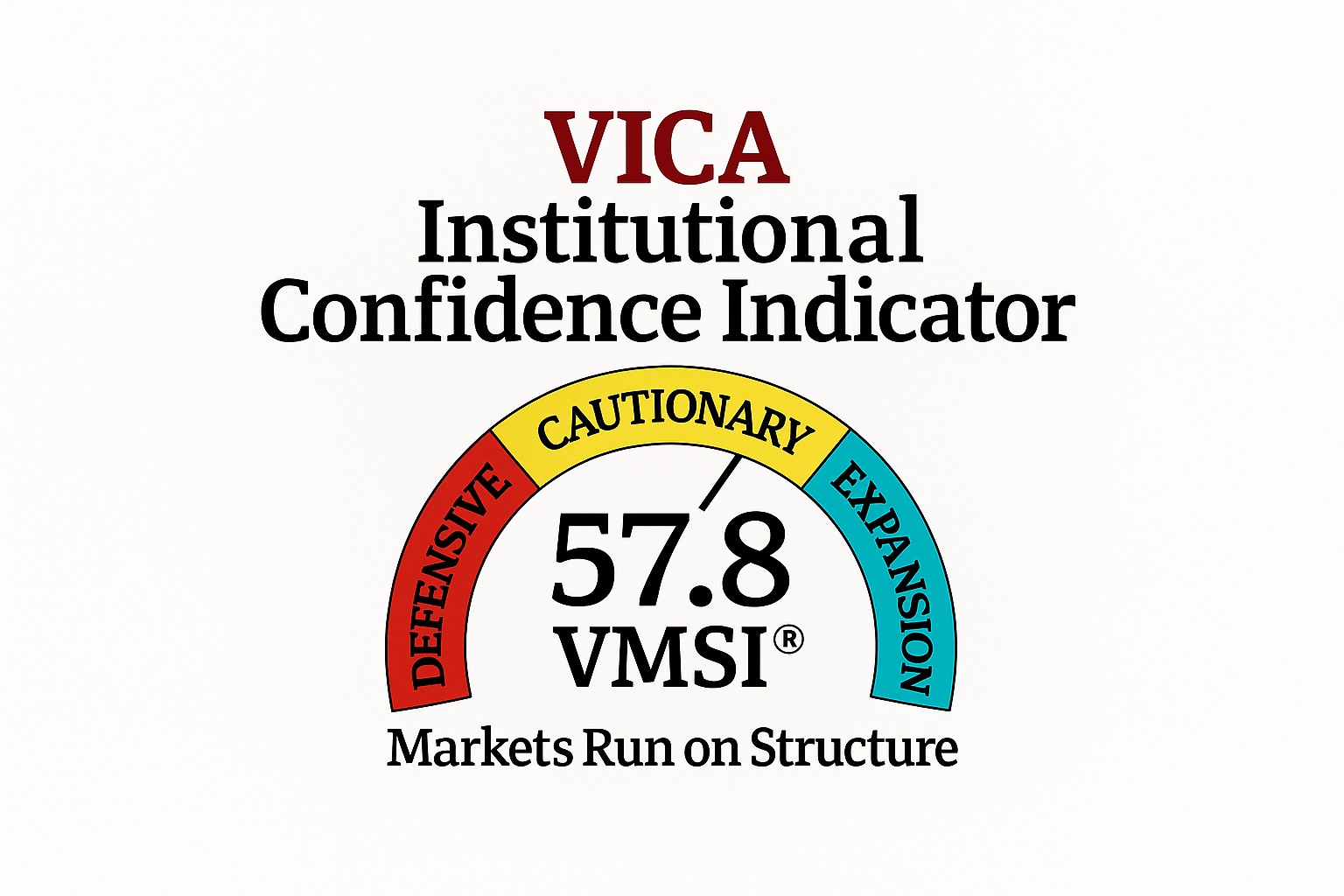The PEG ratio, which stands for Price/Earnings to Growth ratio, is an important financial metric that investors use to assess the value of a stock. It takes into account a company’s earnings growth rate and its price-to-earnings (P/E) ratio to determine whether a stock is overvalued or undervalued.
The PEG ratio is important for several reasons:
- It helps investors identify undervalued stocks: The PEG ratio is an effective tool for identifying undervalued stocks, as it factors in a company’s growth potential alongside its current earnings. A PEG ratio of less than 1 suggests that a stock may be undervalued.
- It provides a more comprehensive valuation: The P/E ratio alone doesn’t take into account a company’s earnings growth potential. By incorporating earnings growth into the valuation, the PEG ratio provides a more comprehensive picture of a company’s valuation.
- It helps investors avoid overvalued stocks: High P/E ratios can be a warning sign of an overvalued stock. However, the PEG ratio helps investors determine whether a high P/E ratio is justified by a company’s growth potential.
- It can be used to compare companies in the same industry: The PEG ratio can be used to compare the relative valuations of companies in the same industry, as it accounts for differences in growth rates.
The PEG ratio is calculated by dividing a company’s price-to-earnings (P/E) ratio by its earnings growth rate. The formula for the PEG ratio is as follows:
PEG ratio = P/E ratio / Annual earnings per share (EPS) growth rate
Where:
P/E ratio = Current share price / Earnings per share (EPS)
Annual EPS growth rate = (Current year EPS – Previous year EPS) / Previous year EPS
To calculate the PEG ratio, you need to know the current share price, earnings per share (EPS) for the current and previous year, and the expected annual EPS growth rate. Once you have this information, you can calculate the P/E ratio and the annual EPS growth rate and use them to compute the PEG ratio.




